Essential Glassware for Cocktails: A Bartender's Guide
The right glassware can elevate the presentation and experience of any cocktail, making it an essential component of your bartending toolkit. Different types of glasses are designed to enhance the flavors, aromas, and visual appeal of specific cocktails. Here’s a comprehensive guide to the essential glassware every bartender should know about, along with their characteristics and the cocktails they best serve.
Martini Glass
Description: The martini glass is characterized by its conical bowl, long stem, and wide rim. This design helps to keep the drink cold and allows the aromas to concentrate at the top.
Best For: Martinis, Cosmopolitans, Gimlets, and other up cocktails (served without ice).
Highball Glass
Description: Tall and slim, the highball glass typically holds between 8 to 12 ounces. Its shape is perfect for drinks served with a lot of mixer or soda.
Best For: Gin and Tonic, Vodka Soda, Tom Collins, Mojito.
Rocks (Old Fashioned) Glass
Description: Also known as a lowball or tumbler, this short, sturdy glass usually holds 6 to 10 ounces. Its wide mouth allows for muddling and stirring ingredients directly in the glass.
Best For: Old Fashioned, Negroni, Whiskey Sour, Margarita on the rocks.
Coupe Glass
Description: With a broad, shallow bowl and a short stem, the coupe glass is elegant and stylish. It was originally designed for champagne but is now commonly used for a variety of cocktails.
Best For: Daiquiri, Sidecar, French 75, Aviation.
Collins Glass
Description: Similar to the highball but slightly taller and slimmer, the Collins glass typically holds 10 to 14 ounces. It’s perfect for tall cocktails that require a lot of ice and mixer.
Best For: Tom Collins, Long Island Iced Tea, Rum Punch.
Shot Glass
Description: Small and sturdy, shot glasses usually hold 1 to 2 ounces. They are specifically designed for serving straight shots of spirits or layered shooters.
Best For: Tequila, Whiskey, Vodka, layered shooters.
Wine Glass
Description: Available in various shapes and sizes, wine glasses are designed to enhance the characteristics of different types of wine. The two most common types are red wine glasses (with a larger bowl) and white wine glasses (with a smaller bowl).
Best For: Sangria, Wine Spritzer, Mimosa, Aperol Spritz.
Margarita Glass
Description: Featuring a wide, bowl-like shape and a short stem, the margarita glass is perfect for showcasing the salt or sugar rim often found on margaritas.
Best For: Margarita, Frozen Daiquiri, blended cocktails.
Flute Glass
Description: Tall and narrow, the flute glass is designed to retain carbonation and enhance the bubbles in sparkling wines and champagne cocktails.
Best For: Champagne, Bellini, Mimosa, Kir Royale.
Nick and Nora Glass
Description: Named after the characters in the "Thin Man" films, this glass is smaller and rounder than a martini glass, with a stem. It provides a vintage touch to classic cocktails.
Best For: Manhattan, Martini, Vesper, Last Word.
Selecting the Right Glassware
Choosing the appropriate glassware for your cocktails involves considering factors like the drink’s ingredients, temperature, and presentation. Here are some tips to help you select the right glass:
Volume: Ensure the glass size matches the volume of your cocktail, including any ice or mixers.
Shape: The shape of the glass can influence the aroma and taste. For instance, wide-rimmed glasses are great for aromatic drinks, while narrow glasses retain carbonation.
Material: High-quality glass is preferable for clarity and durability. Crystal glasses are more elegant but also more fragile.
Stemware: Use stemmed glasses for cocktails that should remain cold, as holding the stem prevents the heat from your hand from warming the drink.
Caring for Your Glassware
Proper care and maintenance of your glassware ensure they remain in top condition and enhance the presentation of your cocktails:
Cleaning: Hand wash your glassware with mild detergent and warm water. Avoid using abrasive sponges that can scratch the surface.
Drying: Dry glasses with a lint-free cloth to prevent water spots and streaks. Hold the glass by the bowl rather than the rim to avoid breakage.
Storage: Store glassware upright in a clean, dry place. If stacking is necessary, use padding between layers to prevent chipping or cracking.
Conclusion
The right glassware is essential for any bartender aiming to deliver an exceptional cocktail experience. By understanding the characteristics and best uses for different types of glasses, you can enhance the flavor, aroma, and visual appeal of your drinks. Investing in a variety of high-quality glassware and taking proper care of them will ensure you’re always prepared to impress your guests with perfectly presented cocktails. Cheers to mastering the art of cocktail presentation!
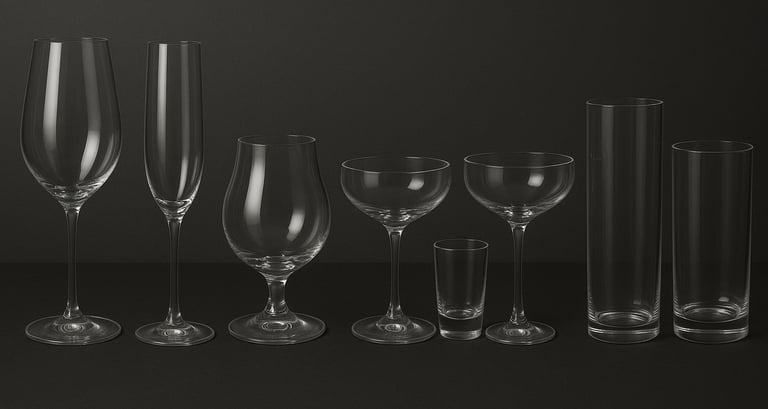

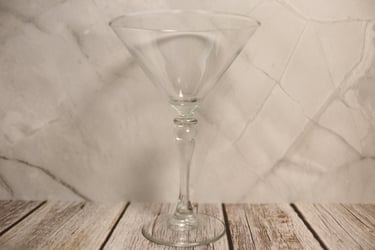

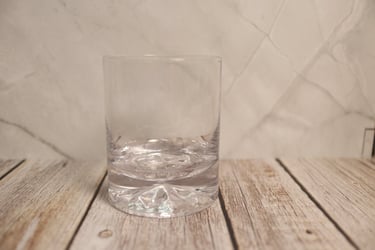

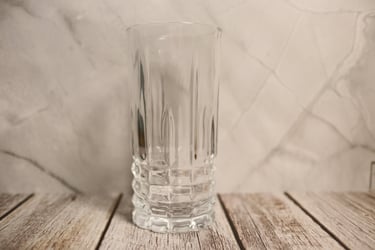

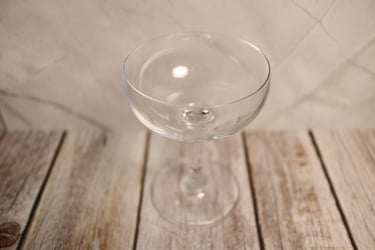

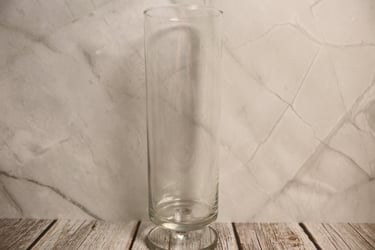


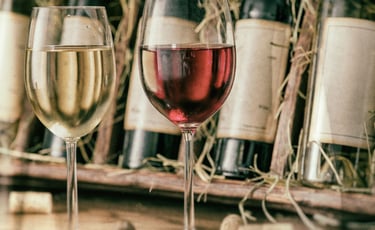

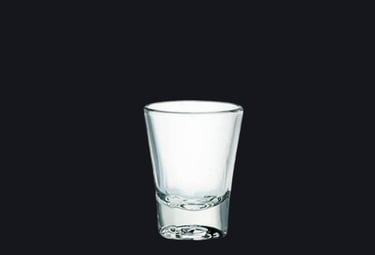
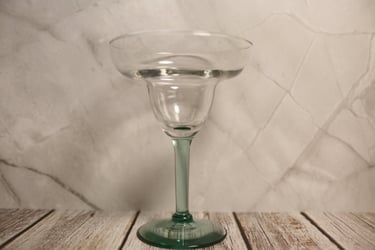


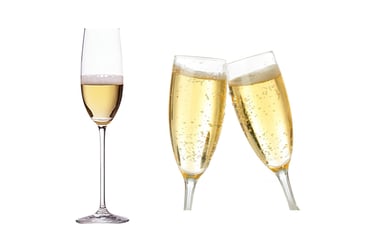
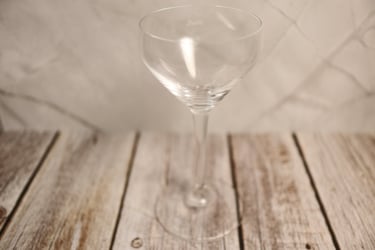

Enthusiasts
© 2024. All rights reserved.


